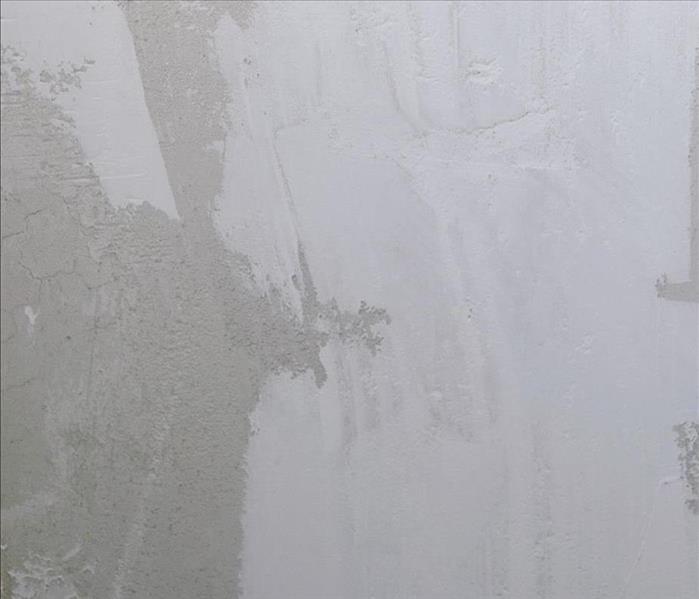4 Steps To Repair A Water Damaged Ceiling
1/18/2021 (Permalink)
Learn how the professionals repair a water damaged ceiling
Water can be disastrous when it comes in contact with the drywall that makes up your ceilings and interior walls. Enough water damage can cause a ceiling to fall apart or collapse. However, there is no need to stress once you call water damage professionals. SERVPRO of South Cobb can repair ceilings and walls that have been affected by water damage. They have the required tools and experience for any size water damage repair. Learn how the professionals suggest you handle water damage to the ceiling of your home in 4 simple steps!
Step 1: Inspect your home for damages
It’s crucial to conduct regular inspections to detect any signs of water or mold damage in your household. If there is peeling or blistered paint on your home ceiling, it may be a clear indication of water damage. When water damage signs are visibly seen, there is a chance that there are hidden water damages that can lead to structural mold growth. However, identifying the root quickly and trusting a local restoration company can immediately prevent the issue from becoming more significant.
Step 2: Detect the source of the water
It’s quite challenging to identify the water leakage source when the water has traveled to an unexpected area. However, depending on your home's layout, ceiling water damage can start from either plumbing malfunctions or roof damage. If the water damage is directly below the roof, it could be due to an ice dam or issues with a chimney. Clogged gutters can also result in water damage.
Clear indications of ceiling water damage:
- The ceiling drywall is wet
- Dark water spots on the ceiling
When you notice water damage, it is essential to contact a property restoration professional who can assist you in this situation and detect the water damage and find a solution; otherwise, it could lead to more severe repairs. During the initial inspection, it is essential to ensure no mold has grown.
Step 3: Dry and remove the damaged ceiling
The wet area needs to be dried properly to prevent unhealthy mold growth. Water damage professionals will strategically place drying equipment to ensure the ceiling is dried properly. Once the water damage is mitigated, it’s important to replace and remove the ceiling materials that are severely damaged. Depending on the category of water damage, personal protective equipment will be worn before starting. If water damage has occurred in the attic, you need to make sure to replace and remove any wet or damp insulation.
Step 4: Repair the damaged ceiling
Once the water mitigation is complete, the home can be put back together. Exact drywall measurement cuts will be taken to ensure a proper drywall fit on the home of your ceiling.
Call the professionals at SERVPRO
There are numerous advantages to hiring professional water restorers. Firstly the water damage company has the proper equipment and certified experts to perform the water damage job. A water damage company will make sure that your home is in good hands and everything is conducted professionally. If you think that water damages are a task that can be done on your own, you’re wrong; it can result in more damages.
SERVPRO is the property restoration company that businesses, schools, and families trust. Trust us when you have water damage or need further guidance. Our team consists of IICRC certified experts and professionals that are here to assist you 24 hours a day! We are just one call away!

 24/7 Emergency Service
24/7 Emergency Service
